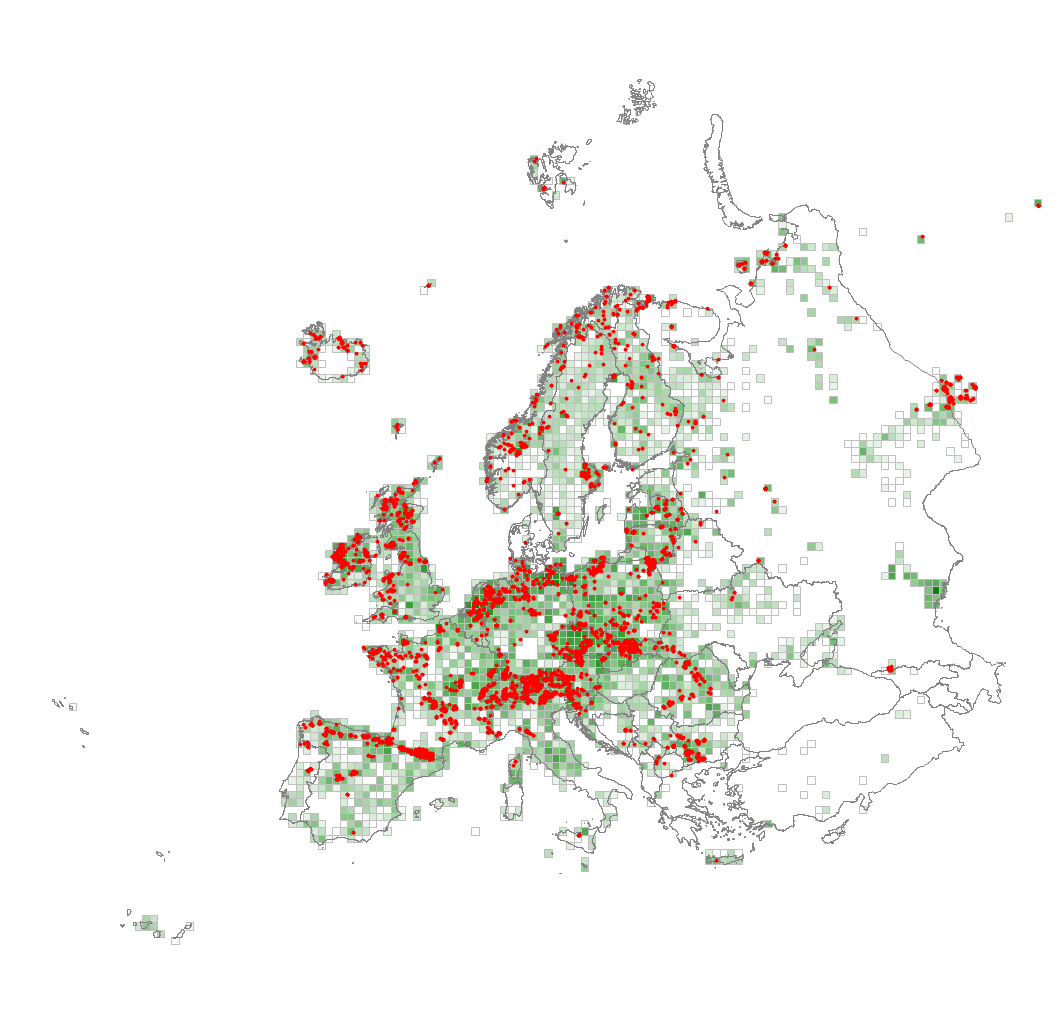Q24 Intermediate fen and soft-water spring mire
These weakly acidic minerotrophic mires occur on peat fed from upper catchments by diffuse seepage of non-calcareous groundwater discharged via springs. They occur widely throughout temperate Europe, though at higher altitudes in the warmer south. The vegetation is typically dominated by a carpet of brown mosses and minerotrophic sphagna, small sedges and associated herbs, though generally without rich-fen indicators, and sometimes with drier hummocks on which sub-shrubs and occasional trees can be found.
Chytrý M., Tichý L., Hennekens S.M., Knollová I., Janssen J.A.M., Rodwell J.S. … Schaminée J.H.J. (2020) EUNIS Habitat Classification: expert system, characteristic species combinations and distribution maps of European habitats. Applied Vegetation Science 23: 648–675. https://doi.org/10.1111/avsc.12519
Version 2025-10-03, https://doi.org/10.5281/zenodo.16895007.
For the official presentation of the EUNIS Habitat Classification from the European Environment Agency, please see: EUNIS Terrestrial Habitat Classification 2021. The FloraVeg.EU presentation may show modifications and partial updates to the habitat classification.

1.jpg)
2.jpg)